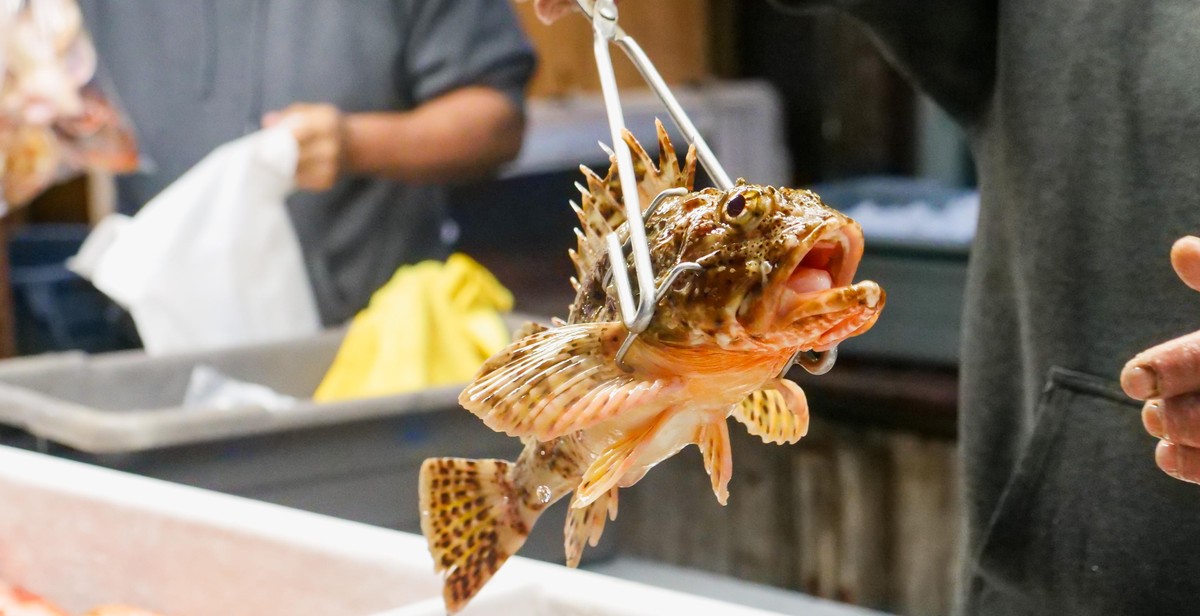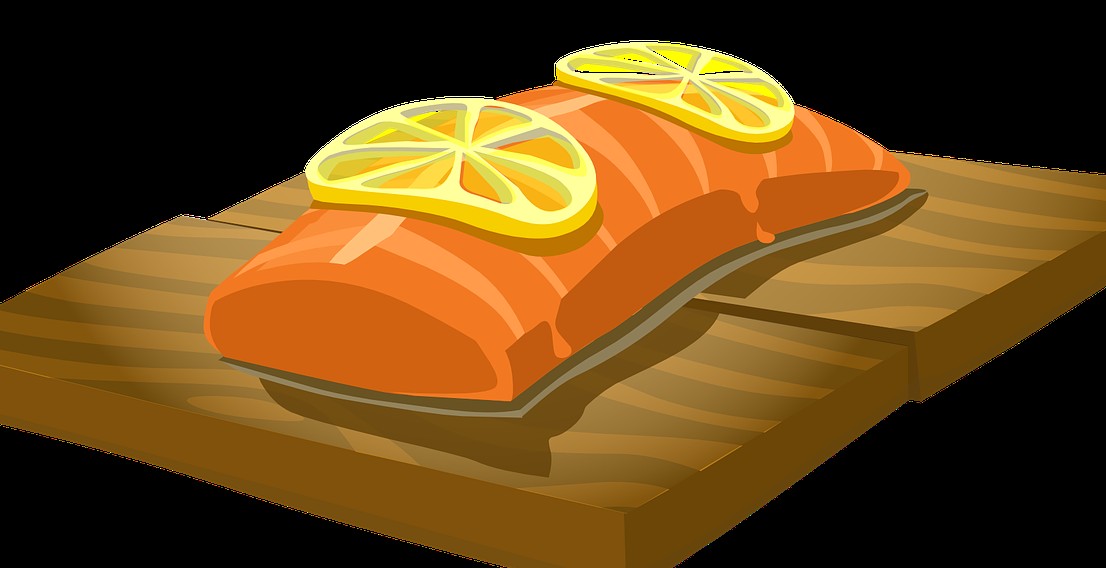How to Select and Store Fresh Seafood: Tips for Choosing the Best Catch
Seafood is a delicious and healthy source of protein that is enjoyed by millions of people around the world. Whether you are a seafood lover or just starting to explore this type of cuisine, it is important to know how to select and store fresh seafood properly.
Why Choosing Fresh Seafood is Important
Choosing fresh seafood is important for a number of reasons. Firstly, fresh seafood tastes better. When seafood is fresh, it has a sweeter, more delicate flavor and a firmer texture. Secondly, fresh seafood is healthier. Seafood is high in omega-3 fatty acids, which are essential for good health. However, these nutrients begin to break down as soon as the seafood is caught, so it is important to consume it as soon as possible after it is harvested. Finally, choosing fresh seafood is important for food safety. Seafood that is not fresh can harbor harmful bacteria that can cause illness.
In this article, we will provide you with tips for selecting and storing fresh seafood, so you can enjoy the best possible catch.

Selecting Fresh Seafood
When it comes to selecting fresh seafood, there are a few important factors to keep in mind. By following these tips, you can ensure that you are choosing the best catch for your next meal.
Look for Clear Eyes and Shiny Skin
The first thing to look for when selecting fresh seafood is clear eyes and shiny skin. The eyes should be bright and clear, and the skin should be shiny and free from any blemishes or discoloration. This is a good indication that the fish is fresh and healthy.
Check for Fresh Smell
The next thing to check is the smell. Fresh seafood should have a mild, oceanic smell. If the fish smells overly fishy or has a strong ammonia odor, it may not be fresh. Trust your nose and avoid anything with a strong or unpleasant odor.
Examine the Gills
Another important factor to consider when selecting fresh seafood is the gills. Lift the gills and check that they are bright red or pink in color. If they are dull or grayish in color, this could be a sign that the fish is not fresh.
Check the Texture
The texture of the fish is also important. Fresh seafood should have firm, elastic flesh that springs back when touched. If the flesh is soft, mushy, or has any visible indentations, it may not be fresh.
Ask the Fishmonger for Advice
Finally, don’t be afraid to ask the fishmonger for advice. They are experts in their field and can help you select the best seafood for your needs. They can also provide tips on how to prepare and store the fish to ensure maximum freshness.
By following these tips, you can select the freshest seafood for your next meal and enjoy the delicious flavors of the ocean.

Storing Fresh Seafood
Proper storage is essential to maintain the freshness of seafood. Here are some tips to ensure your catch stays fresh:
Keep Seafood Refrigerated
Seafood should be kept refrigerated at a temperature below 40°F (4°C). This temperature range slows bacterial growth and helps to maintain the quality of the seafood. Make sure to check the temperature of your refrigerator regularly and adjust it if necessary.
Wrap Seafood Properly
Proper wrapping helps to prevent moisture loss and freezer burn. When storing seafood in the refrigerator, wrap it tightly in plastic wrap or aluminum foil. For longer storage periods, consider vacuum sealing the seafood to extend its shelf life.
Store Seafood on Ice
If you’re storing seafood on ice, make sure to use ice that’s been made from clean, potable water. The ice should completely cover the seafood and be replaced as it melts. Avoid storing seafood directly on top of the ice, as this can cause it to become waterlogged.
Use Seafood within Two Days
Fresh seafood should be consumed within two days of purchase. After that, the quality begins to degrade, and the risk of spoilage increases. If you’re not planning to use the seafood within two days, consider freezing it.
Freezing Seafood
Freezing seafood is an excellent way to extend its shelf life. When freezing seafood, wrap it tightly in plastic wrap or aluminum foil, and then place it in an airtight container or freezer bag. Label the container with the date of freezing, and try to use the seafood within three months for the best quality.
| Seafood | Refrigerator (40°F/4°C) | Freezer (0°F/-18°C) |
|---|---|---|
| Shrimp, scallops, crab, lobster | 1-2 days | 3-6 months |
| Fish (lean), clams, oysters, mussels | 1-2 days | 3-4 months |
| Fatty fish (salmon, tuna, etc.) | 1-2 days | 2-3 months |

Preparing Fresh Seafood
Preparing fresh seafood can seem intimidating, but with the right techniques and tools, it can be a breeze. Here are some tips for cleaning, gutting, scaling, filleting, and cooking seafood:
Cleaning and Gutting
Cleaning and gutting seafood is an important step in preparing it for cooking. Start by rinsing the seafood under cold water to remove any dirt or debris. Then, use a sharp knife to remove the head, tail, and fins. Next, make a small incision along the belly and remove the entrails. Rinse the seafood again under cold water and pat it dry with paper towels.
Scaling and Skin Removal
Scaling and removing the skin from seafood can improve the texture and flavor of the dish. To scale seafood, use a fish scaler or the back of a knife to scrape against the scales in the opposite direction they lay. Rinse the seafood again under cold water. To remove the skin, make a small incision at the tail end and use a sharp knife to gently pull the skin away from the flesh. Repeat on the other side.
Filleting and Boning
Filleting and boning seafood is necessary for certain dishes. To fillet, make a cut behind the gills and run the knife along the spine to remove the fillet. Repeat on the other side. To bone, use a pair of fish tweezers or pliers to remove any remaining bones from the fillet.
Cooking Techniques
There are many cooking techniques for seafood, including baking, grilling, frying, and steaming. When cooking seafood, it’s important not to overcook it, as this can result in a tough and dry texture. A good rule of thumb is to cook seafood for 10 minutes per inch of thickness. Serve with a squeeze of lemon and your favorite seasoning.
| Technique | Description |
|---|---|
| Baking | Place seafood in a baking dish and bake in the oven until cooked through. |
| Grilling | Brush seafood with oil and grill over high heat until cooked through. |
| Frying | Coat seafood in batter or breadcrumbs and fry in hot oil until golden brown. |
| Steaming | Place seafood in a steamer basket and steam until cooked through. |
Now that you know how to prepare fresh seafood, it’s time to get cooking! Whether you’re making a simple seafood pasta or a fancy seafood platter, these tips will help you create a delicious and memorable dish.
Conclusion
Choosing and storing fresh seafood can be a daunting task, but with the right knowledge, you can ensure that you are getting the best quality catch. Remember to always buy from reputable sources, ask questions about the seafood you are purchasing, and inspect the appearance and smell of the product.
When it comes to storing seafood, it is important to keep it at the right temperature and handle it with care. Make sure to use it within a few days of purchase or freeze it for later use. Additionally, be aware of any potential cross-contamination risks and always wash your hands before and after handling seafood.
By following these tips, you can enjoy the delicious taste and health benefits of fresh seafood while minimizing the risk of foodborne illness. Whether you are a seafood lover or just starting to incorporate it into your diet, selecting and storing fresh seafood is an important step in ensuring a safe and enjoyable dining experience.
| Tips for Choosing Fresh Seafood | Tips for Storing Fresh Seafood |
|---|---|
|
|
